The audio transcripts and the key points are at the bottom of the page. At the real TOEFL iBT test, you do not have access to them. We’re including them here so you can learn from the transcripts and the key points, but you should look at them after you complete the tasks.
For this task, you will write a response to a question about a reading passage and a lecture. You may take notes, and you may use your notes to help you write your response. Your response will be scored on the quality of your writing and on how well you connect the points in the lecture with points in the reading.
Typically, an effective response will have 150 to 225 words.
Reading Time – 3 minutes Get your timer ready!Click here for the reading passage
Evidence that some animals possess self–awareness comes from a series of experiments in which animals appear to recognize themselves in mirrors.
Researchers have repeatedly demonstrated the mirror–recognition ability of chimpanzees by using a procedure called the “mark test.” For several days, chimpanzees were exposed to a mirror so they would become used to it. Then, one day they were given a sleeping drug, and while the chimps were asleep the researchers marked one eyebrow and one ear on each animal with a bright red dye. The researchers then watched the chimpanzees to see what they would do when they woke up and noticed the red mark. At first the chimps were placed in their cage without the mirror. On average, they touched the marked areas only once during a half–hour. Then the mirror was brought in, and the chimpanzees on average touched the marked spots seven times in a half–hour.
The mark test clearly showed that the chimps touched their heads and faces more when the mirror was present. Some of them touched the marked spots while they looked at their image in the mirror, and then sniffed or examined their fingers. The researchers concluded that the chimpanzees recognized the red mark as being on their own bodies, suggesting that chimpanzees are self–aware.
When the chimpanzees recognized themselves in the mirror, they would often groom themselves. They used the mirror to explore the insides of their mouths. They made faces and stuck out their tongues. These results strengthened the hypothesis that chimpanzees have a concept of self and are able to recognize the image in the mirror as their own.
Now listen to the recording. When you hear the question, begin your response. You may look at the reading passage during the writing time.
Click here for the question
Summarize the points made in the lecture, being sure to explain how they cast doubt on specific points made in the reading passage
Click to see key points
Key points:
•The lecture states that the mark test was repeated many times, but some of the results were inconsistent. This casts doubt on the point in the reading that the mark test has repeatedly demonstrated that chimpanzees recognize themselves in a mirror.
•The lecture states that all chimpanzees touch their heads and faces a lot, with or without a mirror. This casts doubt on the point in the reading that the mark test clearly showed that the chimps touched their heads and faces more when the mirror was present.
•The lecture states that self–grooming in chimpanzees is a social behavior. This casts doubt on the point in the reading that chimps would groom themselves because they recognized their own image in a mirror.
Transcript for Quiz 1 question
Now listen to part of a lecture on the topic you just read about.
As we interpret the results of these experiments with chimpanzees, we can see there are several problems. First, the “mark test” was repeated many times, but some of the results were inconsistent. For example, one study with eleven chimpanzees found that only one of the chimps touched the mark during the test. Why were those results so different from the results of other tests, which showed a high rate of chimps touching the mark? This inconsistency is troubling.
Second, chimpanzees perform these very same behaviors routinely, whether or not there’s a mirror. All chimpanzees touch their heads and faces a lot, with or without a mirror. In an experiment with eleven chimpanzees, one chimp rubbed his head while coming out of the sleeping drug. He rubbed the mark off even before he had the chance to see it in the mirror—thus confounding the test results and making it impossible to conclude anything.
Third, some of the behaviors we call self–aware are also social responses that chimpanzees usually show in the presence of other chimps. Self–grooming in chimpanzees is a social behavior. When chimps are put in a cage with a mirror along one wall, they show an increase in the amount of self– grooming. So do chimps that can see other chimps in the cage next to them. All of this grooming is normal social behavior. It’s part of fitting in with the group. So we can’t always tell from a chimp’s behavior whether the chimp is reacting in a “self–aware” manner to a mirror image, or whether it’s reacting “socially” to the image as that of another chimp.
Summarize the points made in the lecture, being sure to explain how they cast doubt on specific points made in the reading passage.
